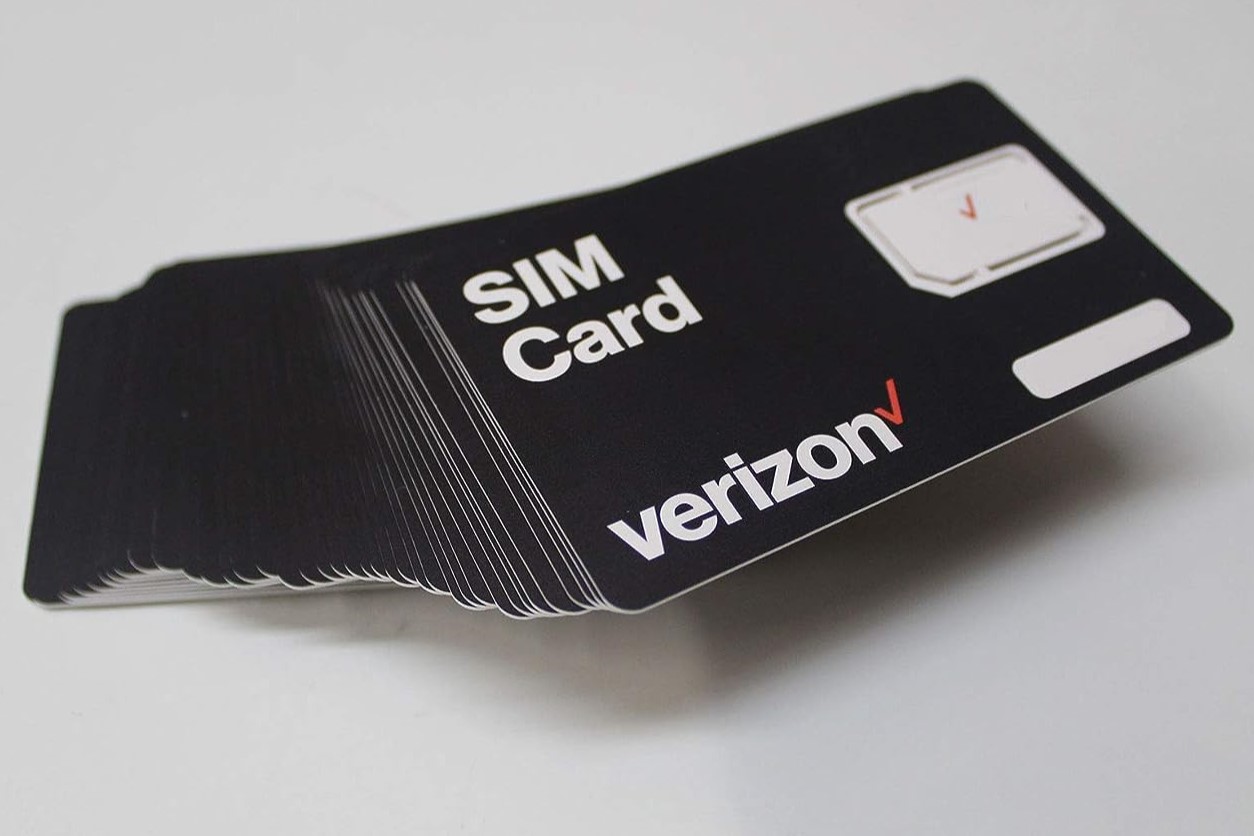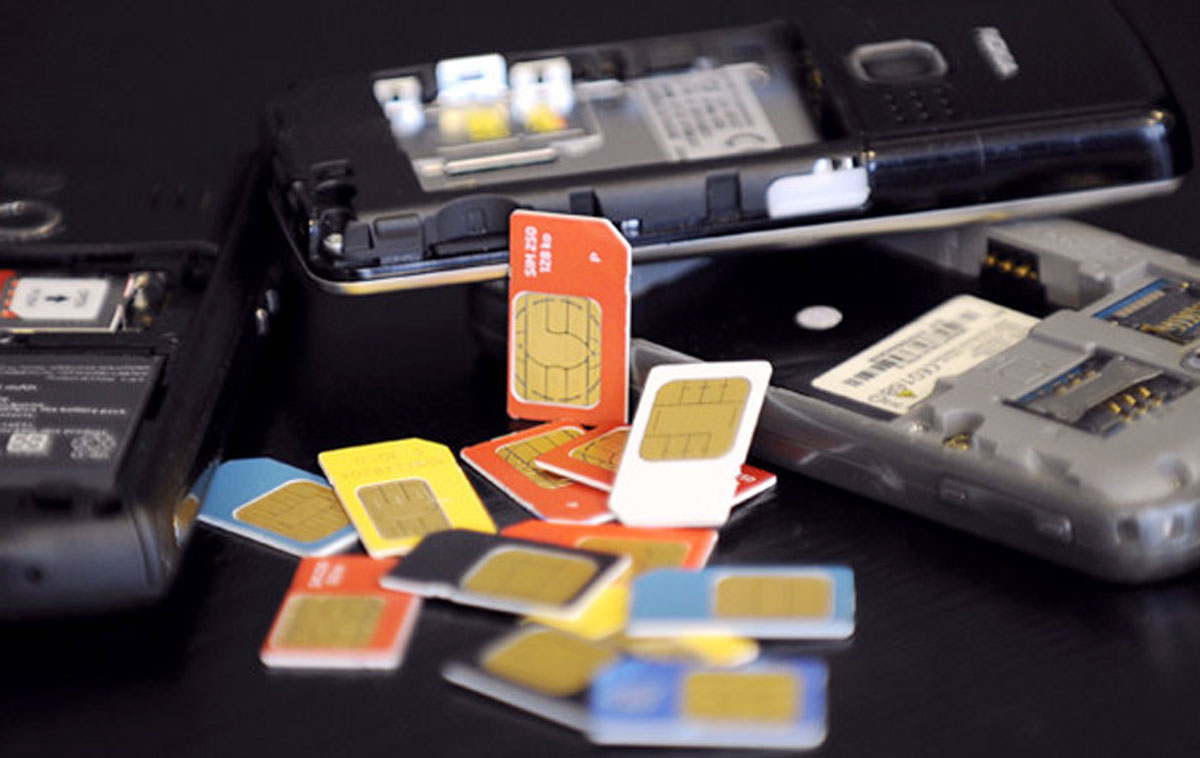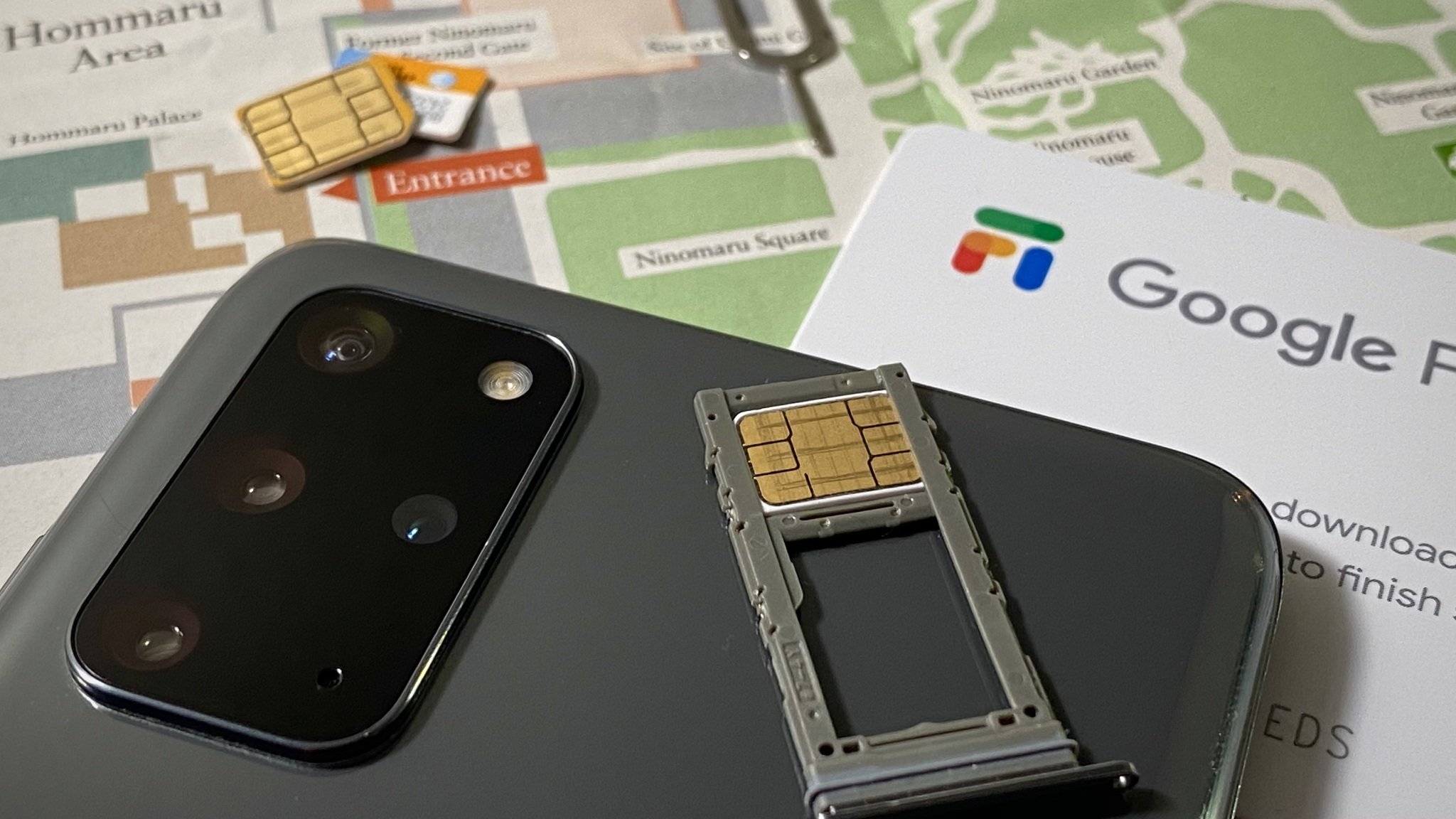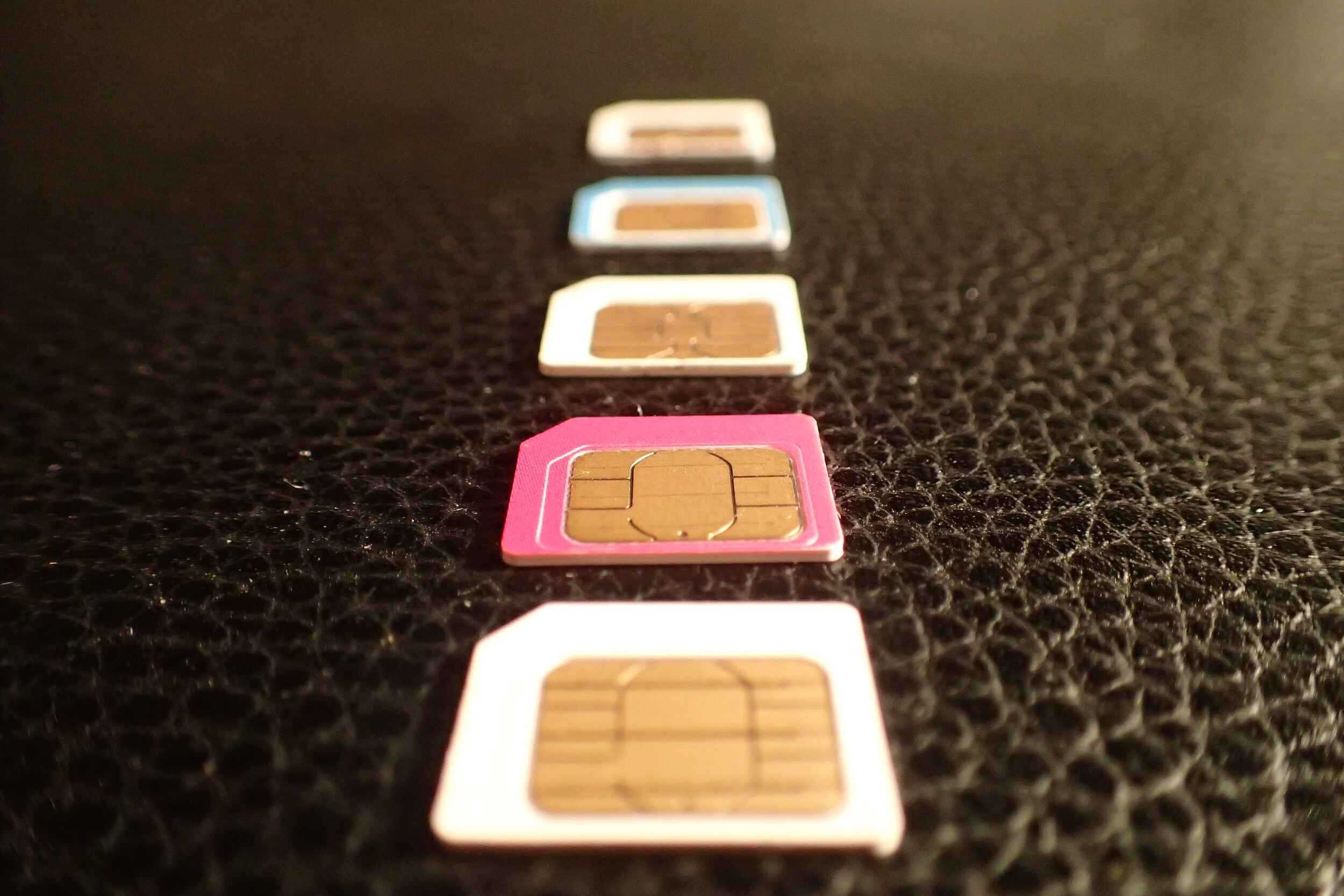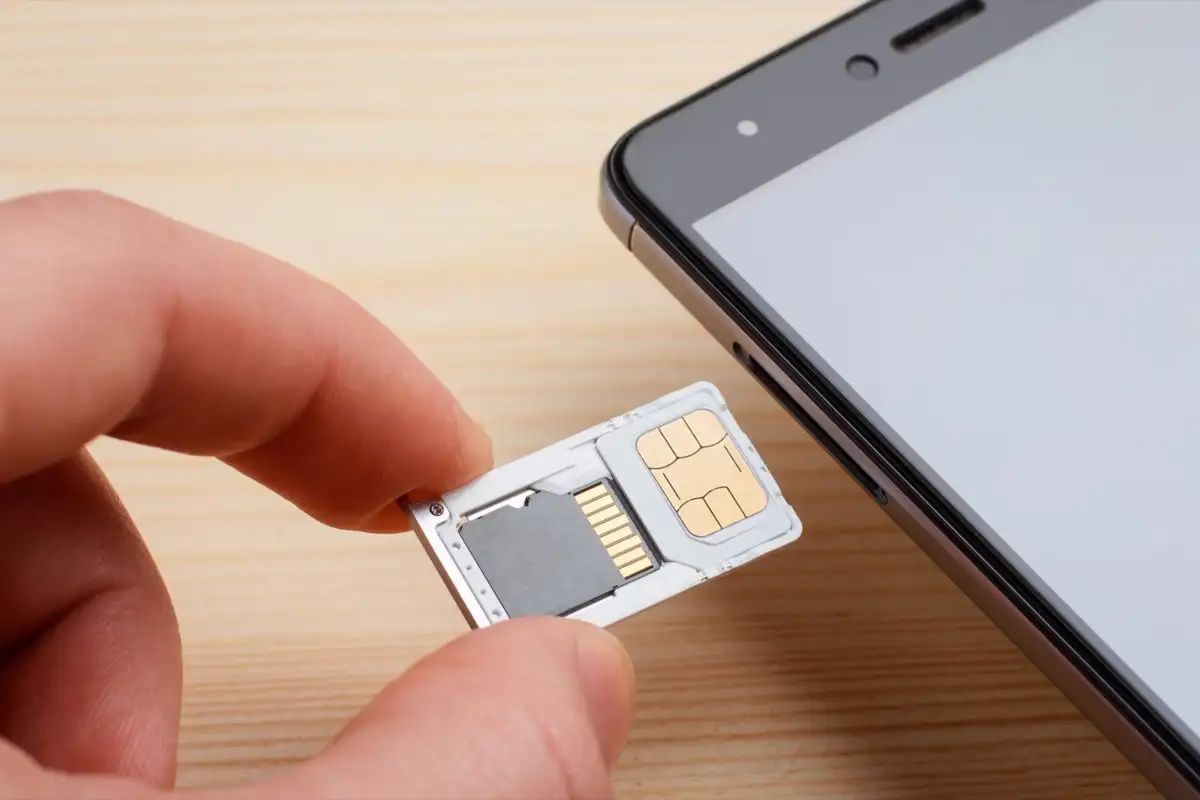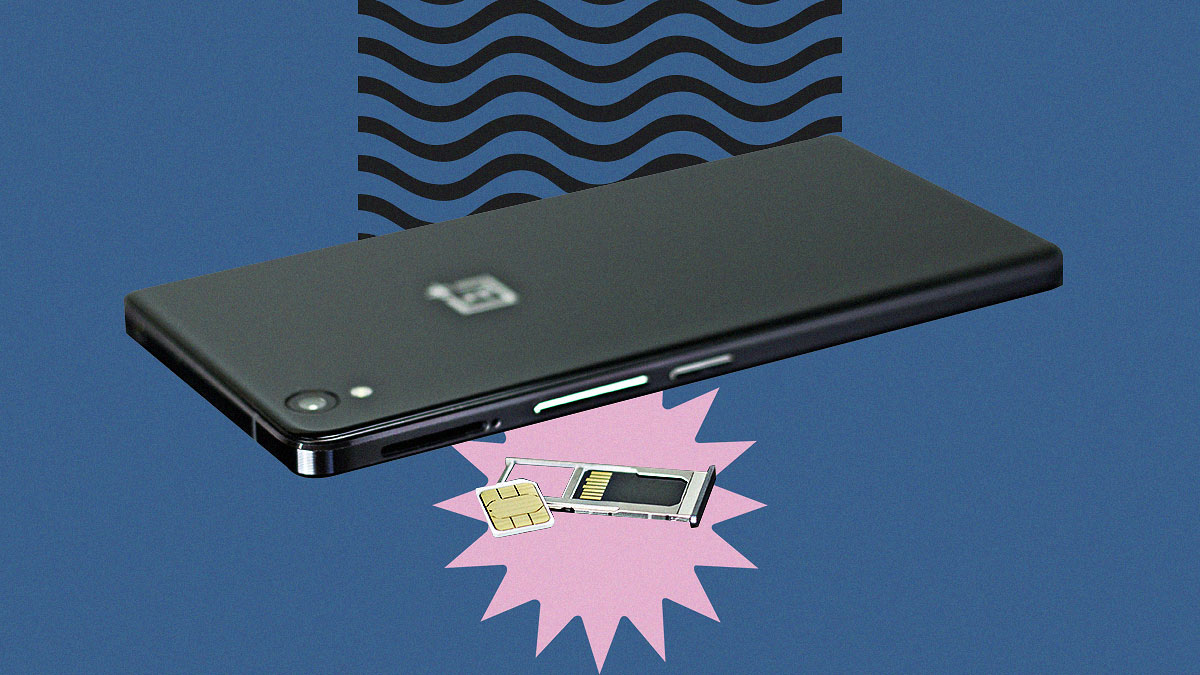Introduction
In today's digital age, where staying connected is essential, the humble SIM card plays a pivotal role in ensuring seamless communication. Whether it's making calls, sending texts, or accessing mobile data, a reliable SIM card is a must-have for any mobile device. However, the cost of acquiring a new SIM card can vary significantly depending on various factors, making it crucial for consumers to understand the pricing dynamics before making a purchase.
The cost of a new SIM card is not solely determined by the physical piece of plastic; rather, it encompasses a range of considerations, including the type of plan or package it is associated with, the mobile network provider, and any additional fees or charges that may be incurred. As such, gaining a comprehensive understanding of the factors influencing the cost of a new SIM card is essential for making an informed decision and potentially saving money.
In this article, we will delve into the intricacies of SIM card costs, exploring the factors that influence pricing, comparing costs across different providers, shedding light on potential hidden fees, and offering practical tips for saving money when obtaining a new SIM card. By the end of this article, readers will have a clear understanding of what contributes to the cost of a new SIM card and how to navigate the market to make a cost-effective choice for their mobile connectivity needs.
Factors Affecting the Cost of a New SIM Card
The cost of a new SIM card is influenced by a myriad of factors, each playing a crucial role in determining its price. Understanding these factors is essential for consumers seeking to make an informed decision when acquiring a new SIM card.
-
Mobile Network Provider: One of the primary factors impacting the cost of a new SIM card is the mobile network provider. Different providers offer a variety of plans and packages, each with its own pricing structure. Some providers may offer budget-friendly options with basic call and text capabilities, while others may provide premium plans with extensive data allowances and additional perks, such as international roaming or entertainment subscriptions. Consequently, the cost of the SIM card is often reflective of the provider's overall pricing strategy and the specific features included in the associated plan.
-
Plan Type: The type of plan or package to which the SIM card is linked also plays a significant role in determining its cost. Plans can range from pay-as-you-go options, where users pay for services as they use them, to contract-based plans that offer a fixed allowance of minutes, texts, and data for a specified duration. Additionally, some providers offer specialized plans tailored for specific usage scenarios, such as data-centric plans for heavy internet users or family plans that cater to multiple users. The cost of the SIM card is closely tied to the features and benefits offered within the chosen plan type.
-
SIM Card Type: SIM cards come in various types, including standard SIM, micro-SIM, and nano-SIM, with each catering to different device requirements. The cost of the SIM card may vary depending on the type of SIM card needed for a specific device. For instance, newer smartphones typically require smaller nano-SIM cards, which may be priced differently from standard or micro-SIM cards due to their specialized form factor.
-
Inclusions and Add-Ons: Some SIM card packages may include additional features or add-ons, such as international calling options, data rollover, or access to exclusive perks. These inclusions can impact the overall cost of the SIM card, with providers often adjusting prices based on the bundled services and benefits offered to customers.
-
Promotional Offers and Discounts: Providers frequently run promotional offers and discounts, especially for new customers or during specific periods. These promotions can significantly affect the cost of a new SIM card, offering reduced prices, bonus data allowances, or other incentives to attract customers.
By considering these factors, consumers can gain insight into the pricing dynamics of new SIM cards and make informed decisions based on their specific connectivity needs and budget constraints.
Comparison of SIM Card Costs from Different Providers
When considering the cost of a new SIM card, it is essential to compare the pricing structures offered by different mobile network providers. Each provider presents a range of plans and packages, each with its own pricing model and associated benefits. By conducting a thorough comparison of SIM card costs across various providers, consumers can gain valuable insights into the available options and make informed decisions based on their specific needs and budget considerations.
One of the primary considerations when comparing SIM card costs is the basic plan offerings from different providers. Some providers may focus on offering competitively priced entry-level plans, catering to individuals seeking essential calling and texting capabilities without extensive data allowances. These plans often come with affordable SIM card costs, making them an attractive option for budget-conscious consumers.
On the other hand, certain providers position themselves as premium service providers, offering comprehensive plans with generous data allowances, international roaming options, and additional perks such as entertainment subscriptions or loyalty rewards. The associated SIM card costs for these premium plans may be higher, reflecting the enhanced features and benefits included in the package.
Moreover, the flexibility and customization options provided by different providers can significantly impact the cost of a new SIM card. Some providers offer modular plans, allowing customers to tailor their packages by selecting specific data allowances, call minutes, and additional features according to their preferences. This a-la-carte approach to plan customization can influence the overall cost of the SIM card, as customers pay for the specific services they choose to include in their package.
Furthermore, promotional offers and discounts play a pivotal role in the comparative analysis of SIM card costs. Providers frequently introduce limited-time promotions, such as discounted SIM card prices, bonus data allocations, or waived activation fees, to attract new customers. By closely monitoring these promotional campaigns, consumers can capitalize on cost-saving opportunities and secure a new SIM card at a reduced price or with added benefits.
In addition to the upfront SIM card costs, it is crucial to consider the long-term value offered by different providers. While a particular provider may have a slightly higher initial SIM card cost, their inclusive plans and superior network coverage may result in a more cost-effective and satisfying experience over time.
By examining the diverse offerings and pricing strategies of different providers, consumers can make well-informed decisions when acquiring a new SIM card, ensuring that they select a plan that aligns with their communication requirements and financial preferences.
Hidden Fees and Charges to Consider
When evaluating the cost of a new SIM card, it's crucial for consumers to be aware of potential hidden fees and charges that may impact their overall expenses. While the upfront price of the SIM card is a significant consideration, additional costs can arise, affecting the total expenditure associated with mobile connectivity. Understanding these hidden fees is essential for making an informed decision and avoiding unexpected financial burdens.
Activation fees are one of the common hidden charges that consumers should consider. Some mobile network providers impose an activation fee when a new SIM card is purchased and activated. This fee, often overlooked by consumers, can add to the initial cost of acquiring a new SIM card. Similarly, some providers may require a minimum initial credit top-up when activating a new SIM card, further contributing to the overall expenditure.
Moreover, roaming charges and international usage fees are critical considerations, especially for individuals who frequently travel or require international connectivity. While the standard cost of the SIM card may seem reasonable, the potential expenses associated with using the SIM card abroad, including roaming charges for calls, texts, and data usage, can significantly impact the total cost. It's essential for consumers to understand the international usage policies of their chosen provider and the associated fees to avoid unexpected charges when using their SIM card overseas.
Another aspect to consider is the cost of additional services or features that may not be included in the standard SIM card package. For instance, some providers offer optional add-ons such as voicemail services, call forwarding, or international calling bundles, each with its associated cost. Consumers should carefully review the available add-on options and their respective prices to gauge the complete cost of using the SIM card with the desired features.
Furthermore, early termination fees and contract-related charges are important factors to consider, particularly for individuals opting for contract-based plans. While the initial cost of the SIM card may be subsidized or waived under a contract, terminating the agreement prematurely can result in substantial fees. Understanding the terms and conditions related to early termination and associated charges is crucial for consumers to make an informed commitment.
In addition, consumers should be mindful of any maintenance or administrative fees that may apply during the usage of the SIM card. These fees, often outlined in the provider's terms and conditions, can include periodic service charges or account maintenance fees, contributing to the overall cost of utilizing the SIM card.
By being cognizant of these hidden fees and charges, consumers can accurately assess the total cost of acquiring and using a new SIM card, enabling them to make informed decisions aligned with their budget and usage requirements.
Tips for Saving Money on a New SIM Card
-
Compare Plans and Providers: Conduct thorough research to compare the plans and pricing offered by different providers. Look beyond the initial SIM card cost and consider the overall value, including data allowances, call rates, and additional perks. Opt for providers that offer competitive rates without compromising on essential features.
-
Consider Pay-As-You-Go Options: If your usage patterns are unpredictable or you prefer flexibility, consider pay-as-you-go options that allow you to pay for services as you use them. This can prevent unnecessary expenses on unused allowances and provide greater control over your spending.
-
Evaluate Data Usage: Understanding your data usage patterns is crucial for selecting an appropriate plan. Avoid overpaying for excessive data allowances that you may not fully utilize. Conversely, be mindful of potential additional charges for exceeding data limits, and choose a plan tailored to your actual data consumption.
-
Utilize Wi-Fi Networks: Maximize the use of Wi-Fi networks for data-intensive activities whenever possible. By relying on Wi-Fi for tasks such as browsing, streaming, and app downloads, you can minimize cellular data usage and potentially opt for a more cost-effective plan with lower data allowances.
-
Leverage Family or Group Plans: If multiple individuals in your household require new SIM cards, consider opting for family or group plans offered by providers. These plans often feature cost-effective pricing for multiple lines, allowing you to save on SIM card costs and benefit from shared allowances.
-
Monitor Promotional Offers: Keep an eye out for promotional offers and discounts provided by mobile network providers. These promotions can range from reduced SIM card prices to bonus data allocations or waived activation fees. By capitalizing on such offers, you can secure a new SIM card at a lower cost or with added benefits.
-
Avoid Unnecessary Add-Ons: Carefully assess the necessity of optional add-ons and features offered by providers. While certain add-ons may enhance your mobile experience, others may incur additional costs that can inflate the overall expenditure. Select add-ons judiciously to avoid unnecessary expenses.
-
Negotiate Contract Terms: If opting for a contract-based plan, consider negotiating the terms with the provider. Inquire about the possibility of waiving or reducing the initial SIM card cost, or explore the potential for customized plans that align with your budget and usage requirements.
By implementing these money-saving tips, consumers can navigate the process of acquiring a new SIM card with a focus on cost-effectiveness, ensuring that they make informed decisions that align with their communication needs and financial considerations.
Conclusion
In conclusion, the cost of a new SIM card is influenced by a multitude of factors, including the mobile network provider, plan type, SIM card type, inclusions and add-ons, as well as promotional offers and discounts. By understanding these factors, consumers can make informed decisions when acquiring a new SIM card, ensuring that they select a plan that aligns with their communication requirements and budget constraints.
Comparing SIM card costs from different providers is crucial for gaining insights into the available options and making well-informed decisions. It allows consumers to assess the basic plan offerings, flexibility, and long-term value offered by various providers, enabling them to select a plan that best suits their needs.
Moreover, being aware of hidden fees and charges associated with a new SIM card is essential for avoiding unexpected financial burdens. By considering activation fees, roaming charges, additional service costs, and contract-related charges, consumers can accurately assess the total cost of acquiring and using a new SIM card, making informed decisions aligned with their budget and usage requirements.
Furthermore, implementing money-saving tips such as comparing plans and providers, considering pay-as-you-go options, evaluating data usage, and leveraging promotional offers can help consumers save money when acquiring a new SIM card. These strategies empower individuals to make cost-effective choices without compromising on essential features and benefits.
In essence, understanding the cost of a new SIM card goes beyond the initial price of the physical card. It involves a comprehensive evaluation of the associated plans, providers, hidden fees, and money-saving opportunities. By navigating the complexities of SIM card costs with knowledge and discernment, consumers can secure a new SIM card that meets their connectivity needs while aligning with their budgetary considerations.









